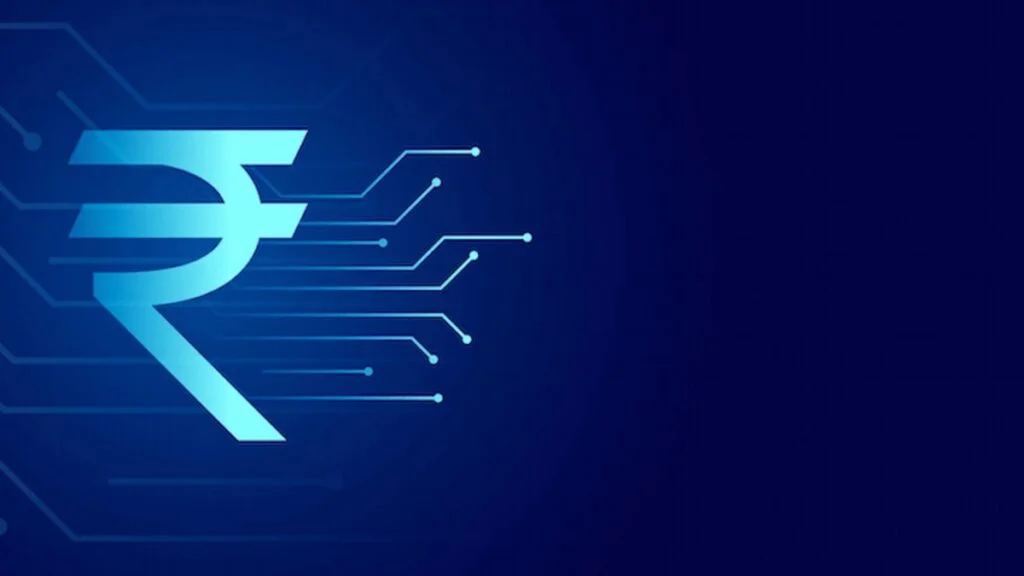According to Bank of Mauritius Governor Harvesh Kumar Seegolam, Mauritius intends to begin using a digital rupee in its pilot program in November.

Numerous criteria for the potential Central Bank Digital Currency (CBDC) have already been established. Speaking on the main island during the IMF/World Bank Community of Central Bank Technologists meeting, Seegolam noted that upon taking office in 2020, he made CBDC development a priority:
“As a central banker, I need not stress upon the determining role that CBDCs can play, not only in protecting monetary sovereignty but also in assisting central banks and regulatory authorities on the front of AML/CFT [Anti-Money Laundering/Combatting the Financing of Terrorism].”
The same year, discussions with experts from the International Monetary Fund (IMF) got underway, and a feasibility report was created as a result. Seegolam claims that Mauritius was the first nation to receive technical support from the IMF for its CBDC initiative.
In December, the Bank of Mauritius established a sandbox with an unnamed partner to test out prospective features and “craft the Digital rupee based on the Mauritian specificities.”
The digital rupee need to be “a payment instrument to be made available to one and all” and act as a middleman to “ensure that commercial banks continue to be fully-involved in our CBDC journey.”
According to Seegolam, it will also make managing monetary policy simpler and help financial stability. Interest will not accrue on the virtual rupee.
The Bank of Mauritius “is contemplating” starting a pilot program for the digital rupee in November, according to Seegolam. The development of its application in cross-border transactions would be the focus of the project’s second phase.
For long years, Mauritius has been steadily implementing blockchain technology. In 2019, the nation regulated security token offers and licensing for digital asset custody. It was once thought of as a hub for new technology.
